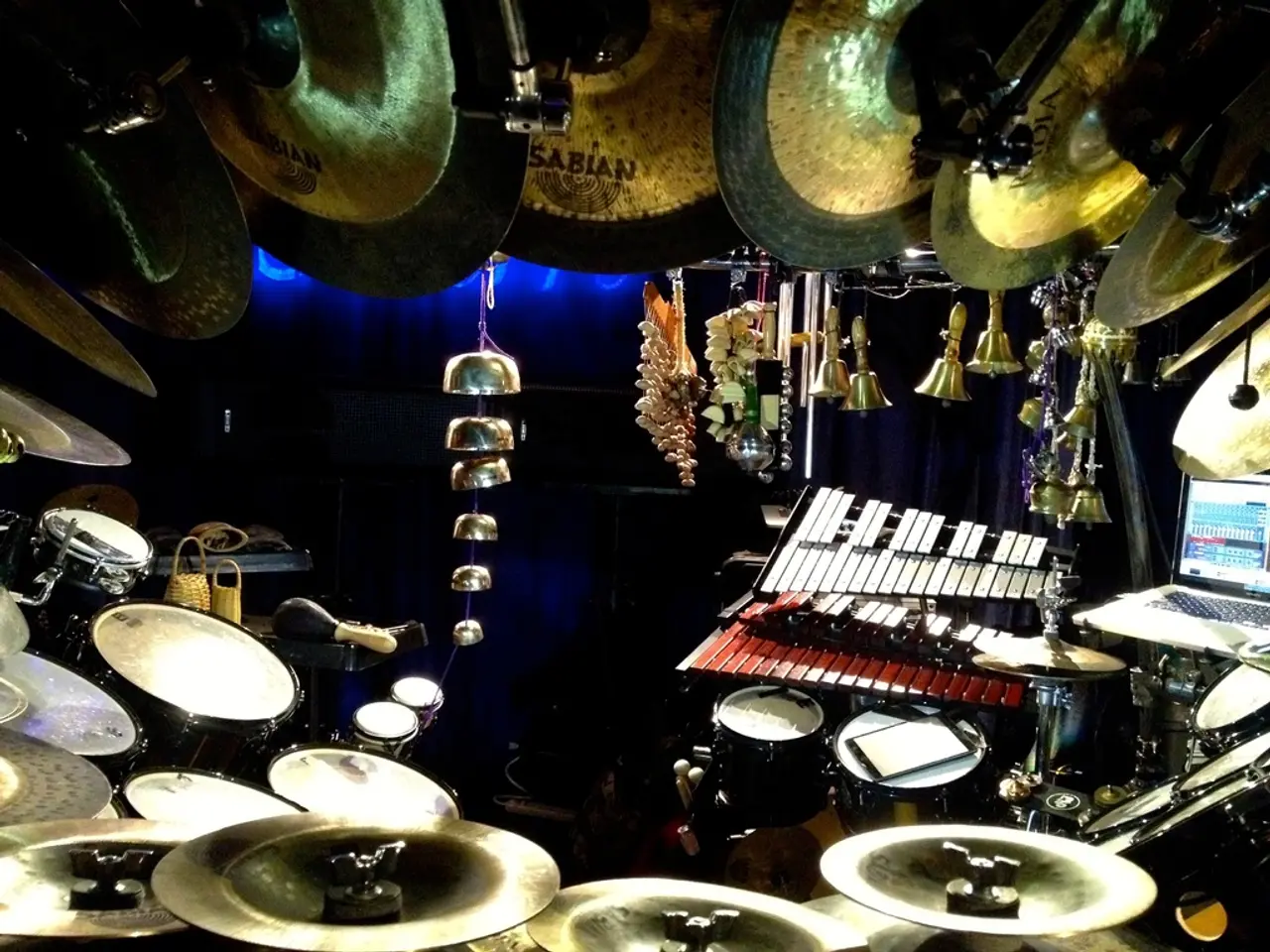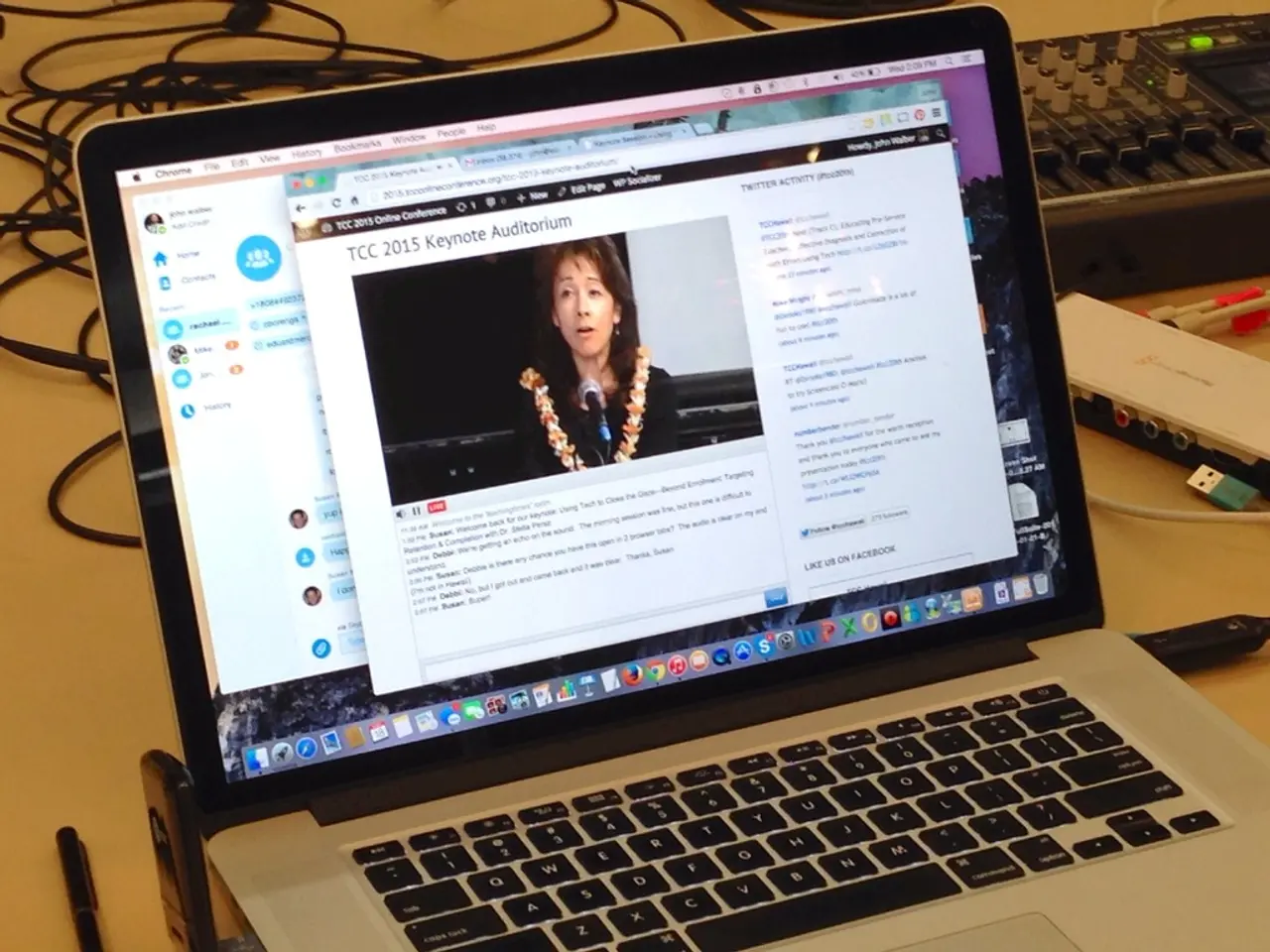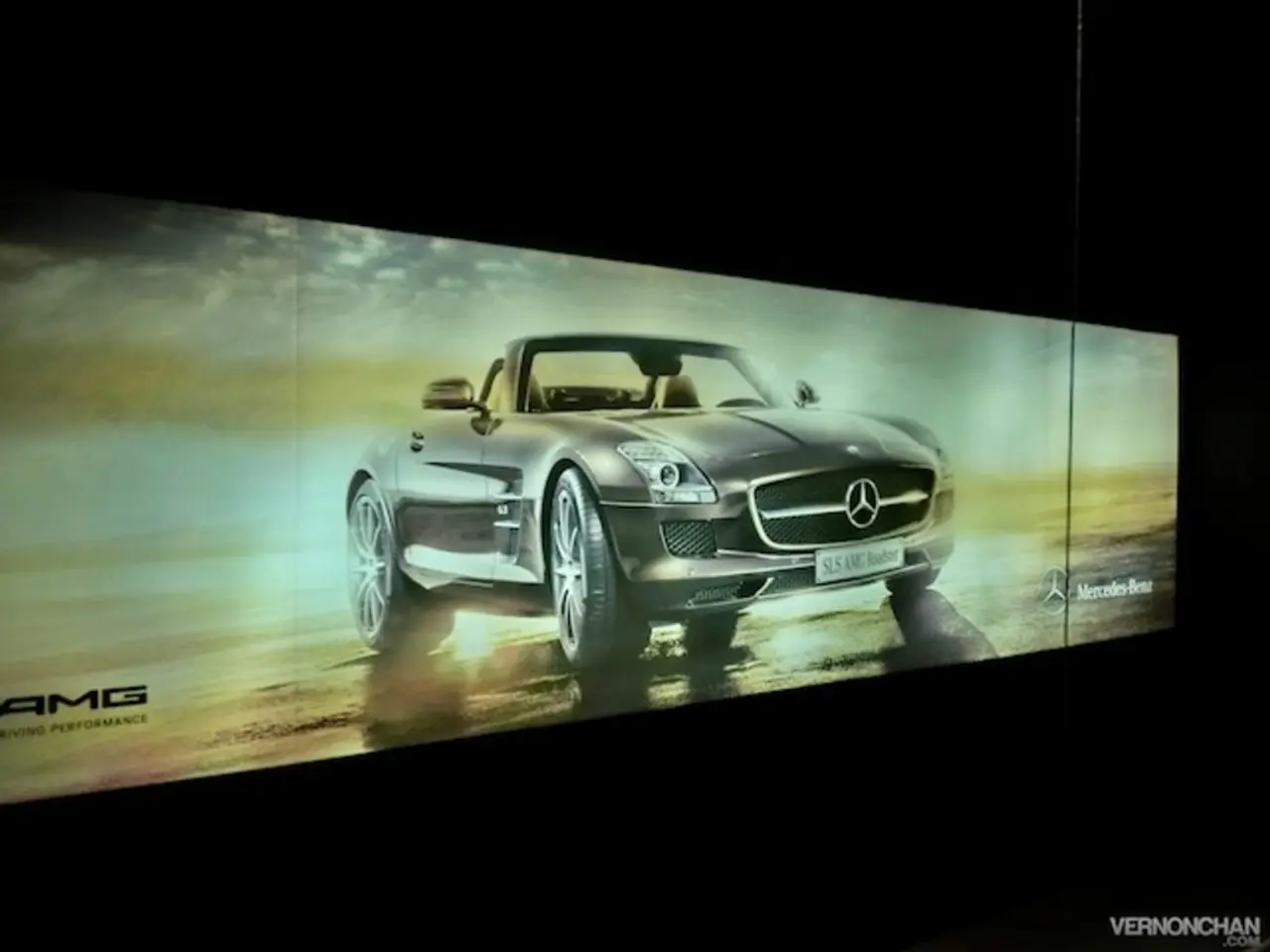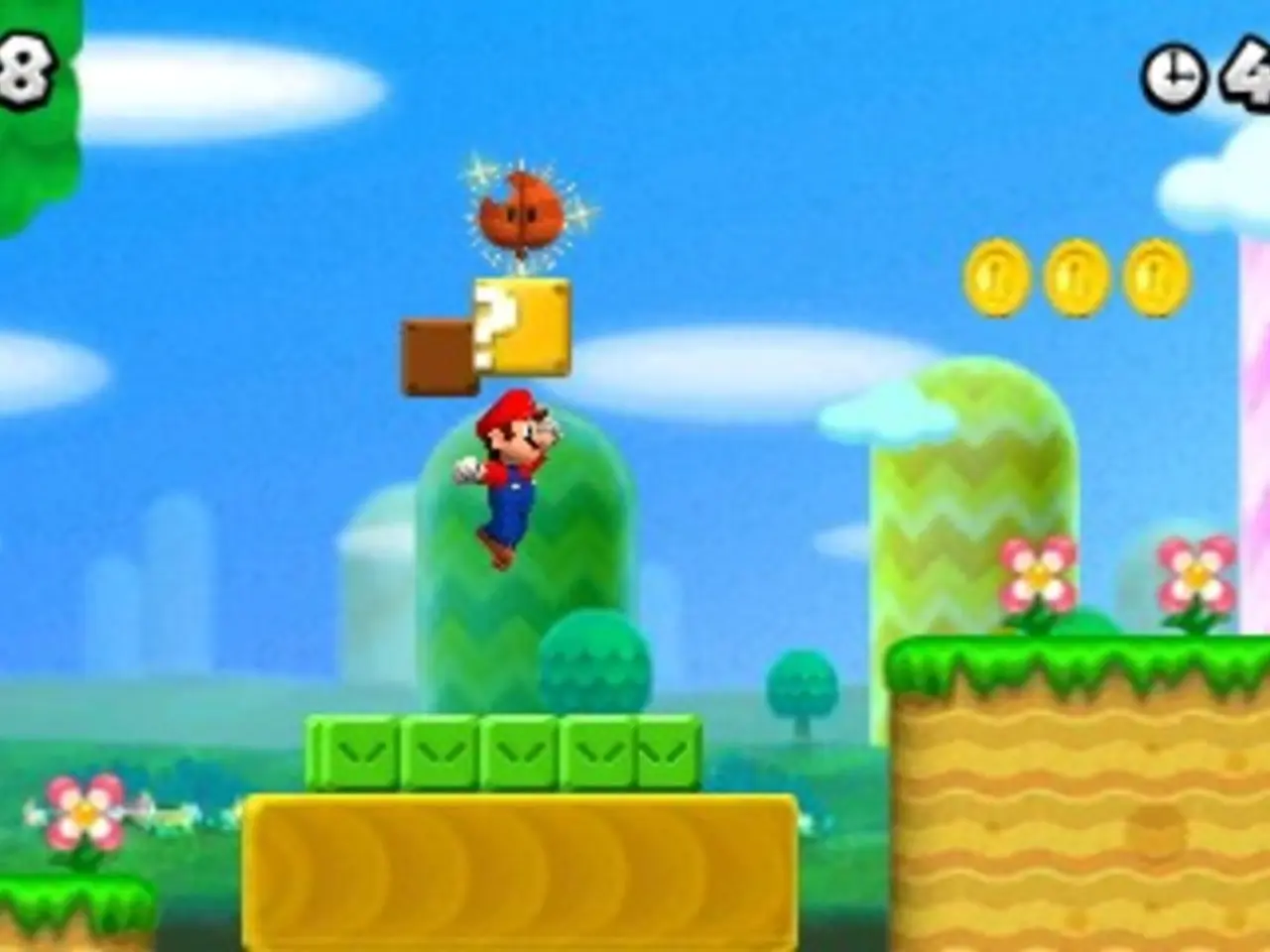Developing trends in movie production and advanced virtual filmmaking methodologies
In the world of film production, innovation is the name of the game. Recent advancements have seen a shift towards sustainable and immersive virtual filmmaking, transforming the landscape of cinema as we know it.
One of the key developments is the use of virtual sets, which reduce the need for location shoots by creating dynamic, computer-generated environments. This not only saves on travel expenses but also offers a level of creative freedom that was previously unattainable. LED lighting, another energy-efficient solution, is also being adopted, reducing electricity consumption and heat production on set.
The fusion of real-world recordings with synthetic audio, known as hybrid soundscapes, is another game-changer. These sound environments offer a rich, layered audio experience that enhances the overall visual storytelling. Sustainable filmmaking is at the forefront of production, with a focus on minimizing environmental impact through innovative practices.
Technologies such as real-time rendering with game engines like Unreal Engine, LED volume stages, motion capture, and AI integration are enabling the creation of immersive, photorealistic virtual environments during filming. Tools like StageCraft allow directors to dynamically adjust digital backgrounds and lighting on set, improving actor performance and creative flexibility. AI is also accelerating scriptwriting, storyboarding, and visual effects, increasing efficiency and expanding storytelling possibilities.
Digital scripts and call sheets are another eco-friendly innovation, reducing waste and streamlining communication by transitioning from paper to digital formats. Interactive sound elements are integrated into sound design, reacting to user interactions in virtual filmmaking and gaming. Sound designers are creating immersive auditory experiences that blend reality with the virtual, using hybrid soundscapes, spatial audio, and interactive sound elements.
Virtual production eliminates the need for extensive travel and physical set construction, utilizing green screens and CGI to create immersive environments. Sustainable materials, such as recycled and biodegradable materials, are being used for costumes and set design. Spatial audio, which utilizes 3D sound technology, offers a more dynamic and realistic audio experience, particularly in VR settings.
These innovations are not just changing the way films are made; they are elevating the art and craft of cinema. Filmmakers gain unprecedented creative control, flexibility, and cost-effectiveness, allowing for more emotionally expressive and visually rich storytelling that seamlessly blends the physical and virtual worlds. The future of cinema is here, and it's more sustainable and immersive than ever before.
[1] Virtual Production: The Future of Film and Television [2] The Rise of Virtual Production [3] The Impact of Virtual Production on the Film Industry [4] The Evolution of Virtual Production [5] The Future of Filmmaking: Virtual Production
- In the innovative realm of virtual production, directors are enabled to create dynamic, computer-generated environments, transforming the cinematic landscape.
- LED lighting, as an energy-efficient solution, is increasingly utilized in film production, reducing electricity consumption and heat production on set.
- Hybrid soundscapes, the fusion of real-world recordings with synthetic audio, offer a rich, layered audio experience enhancing visual storytelling.
- Real-time rendering with game engines like Unreal Engine, AI integration, and motion capture are among the technologies that enable the creation of immersive, photorealistic virtual environments during filming.
- The art and craft of cinema are being elevated with these innovations, offering unprecedented creative control, flexibility, and cost-effectiveness for filmmakers.
- Virtual production methods, such as digital scripts, call sheets, and interactive sound elements, are reducing waste and streamlining communication, making filmmaking more eco-friendly.
- Spatial audio, which utilizes 3D sound technology, offers a more dynamic and realistic audio experience, particularly in VR settings, as the future of cinema veers towards being both sustainable and immersive.




